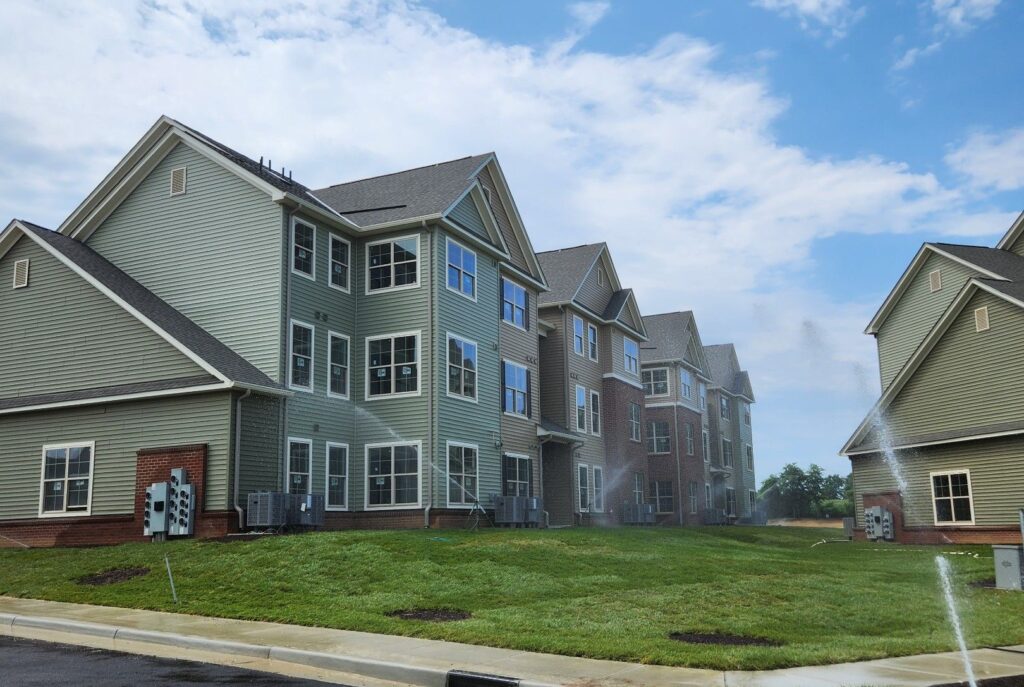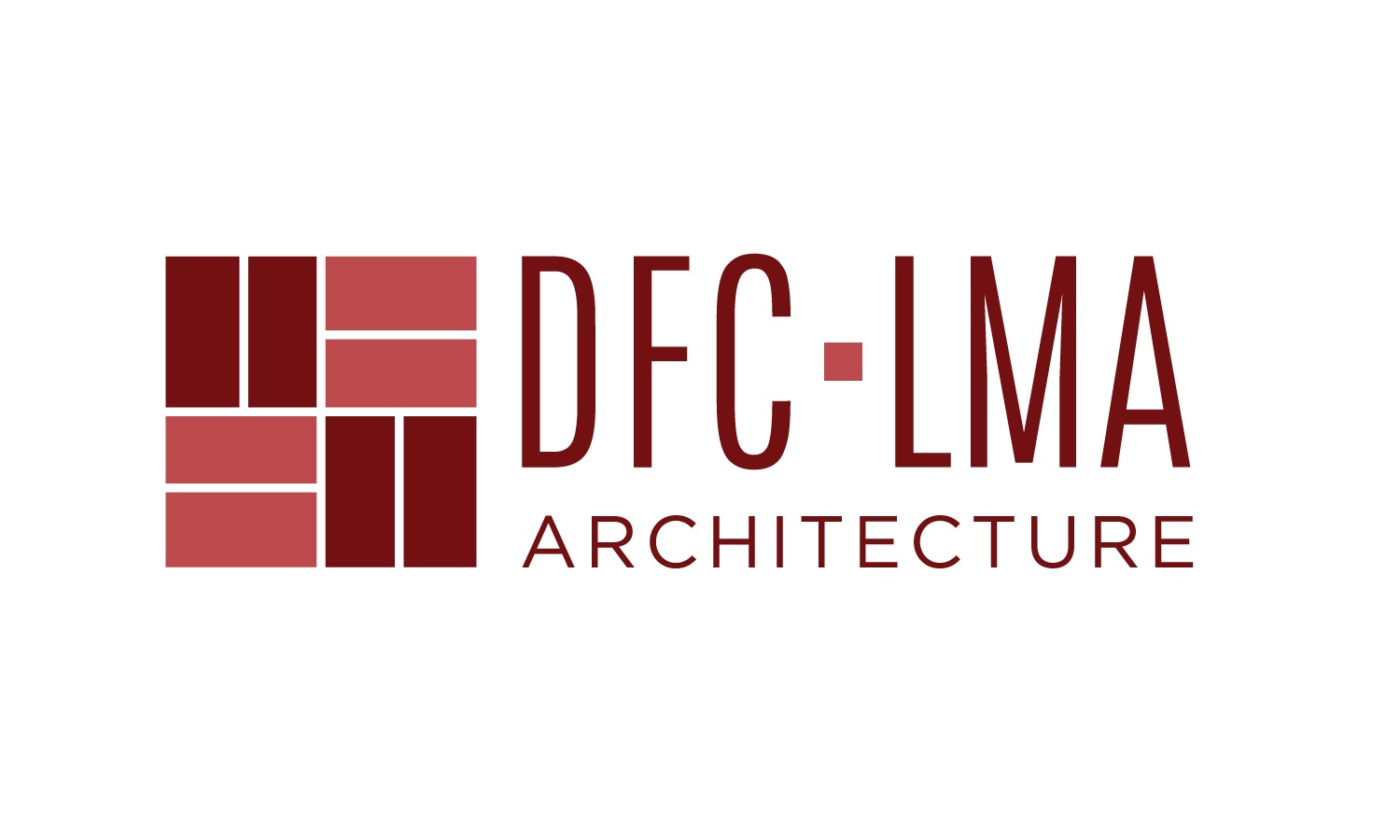What Is Construction Administration: The Architect’s Role in Construction Oversight
As a generalist architecture firm, our dedication to your successful project extends beyond the initial drawings. We offer a comprehensive suite of services to save you time, money, and sanity.
For some projects, seeing your vision executed requires Construction Administration, or a Project Architect – a service where we act as your dedicated advocate. Think of us as your on-site quarterback, providing comprehensive construction oversight and managing the intricacies of bringing architectural plans to life for a smooth and successful build from the groundbreaking to the final touches.
We can be as hands-on through the process as you, the owner, wants to ask questions. However, the presence of a Project Architect during the construction phase often makes the difference between success and unnecessary expense and delays.

Case Study: Washington Landing
DFC-LMA recently provided construction administration for a new multi-family housing community in West Virginia. This multi-year project began by transforming a challenging rocky hillside with massive boulders, some the size of a small car, into a community.
The initial phase, involving strategic rock blasting and innovative on-site material sourcing, grinding the excavated boulders into usable gravel, was a surprisingly sustainable approach that provided the foundation material for the entire development. From that moment on, we conducted monthly site visits to make sure everything, from supplies, contractors, paperwork, and timeline, was running on track.
Throughout the extensive construction period, which spanned several phases across different “zones” on the site, our role as the Project Architect was to keep a consistent record of progress and any site-specific observations.
We became the eyes and ears on the ground, documenting everything and signing off on any required paperwork.

Month 1 saw us tackling the rocky terrain by crushing site rock for foundation gravel. By Month 6, the first foundations were in, followed by framing by Month 11 and interior framing by Month 13.
Month 15 marked weather wrapping and the start of significant interior work. Exterior finishes like windows and siding progressed around Month 20, with interiors starting to feel a little more like home by Month 22.
The first buildings were move-in ready by Month 25. Later buildings finished up around Month 27 and by Month 30, the development looked like a cohesive neighborhood, with kitchen installations underway by Month 32.
Looking at details as well as the big picture
Interior month 27: this is a later building being finished up — outside the window, you can see the rest of the community — a lot of it already occupied!
Inteiror month 32 — showing off the kitchen installation
A full site map for 9 buildings — built over 40 months
Month 30: looking like a community!
Month 35: my last visit on site — all that remains is polished site work: a final playground, grass area, and landscaping
Our final visit at Month 35 showed the near-complete project with final site work underway.
We walked the site regularly with the General Contractor, understanding the flow of work across the different building zones as they progressed from initial weather wrapping to final exterior finishes.

Is Hiring A Project Architect Worth It?
If you’re a veteran in the building industry, you know the value of a project with few hiccups. This project went incredibly smoothly because there was a dedicated project architect on site.
A Project Architect’s responsibilities include time and money-saving tasks such as:
- Reviewing and approving payment applications
- The timely submission of required documentation
- Managing and authorizing change orders
- Photo documentation of the project’s progress
- Recording meeting minutes
While Washington Landing was a large project, we’ll be the first to say that no project is too small to benefit from Construction Administration. The architect’s proactive involvement in the building phase streamlines the entire process, helping to prevent potential delays and paperwork chaos at the conclusion of the project. Their ability to provide immediate sign-off on critical items eliminated bottlenecks and contributed to the efficient communication with everyone on site, and off.
As intermediaries, we conduct the information flow and proactively address issues. As this particular West Virginia project progressed, the builder would often connect to refine certain details based on site conditions or other new information. Our regular reporting made these adjustments not only possible, but smooth and with fewer delays – saving everyone time and money.
As your architect, we advocate for you and your design and can answer questions on-site that you or your builder have while putting the pieces into place.
Are you thinking about starting a project? We’d love to make your dream a reality while saving you time, money, and sanity.




